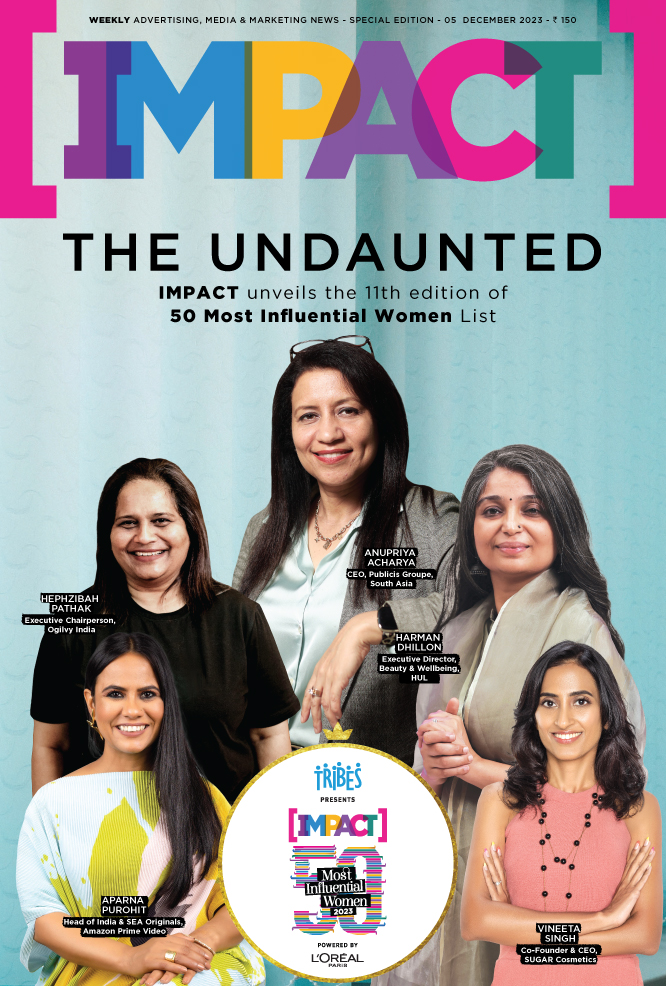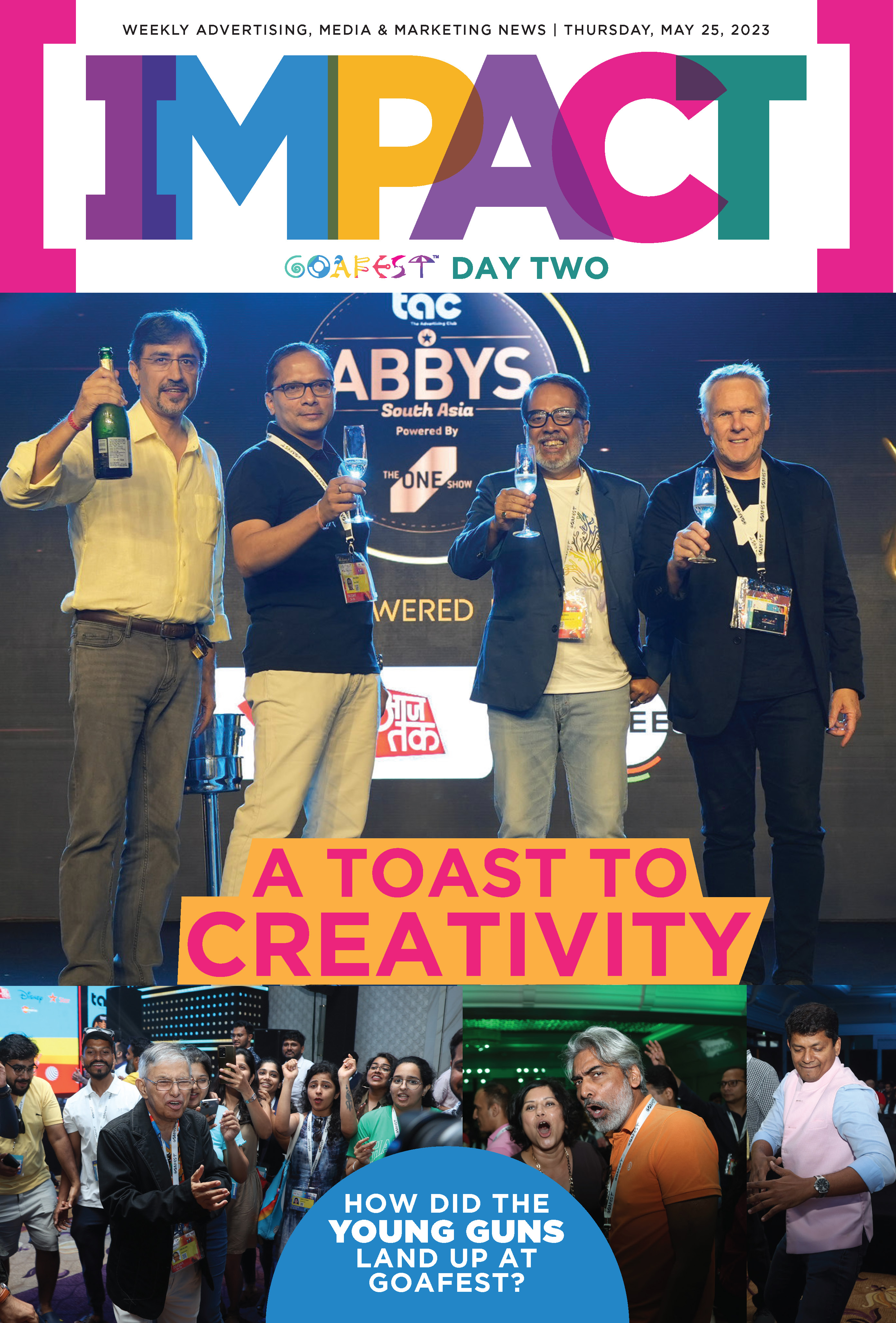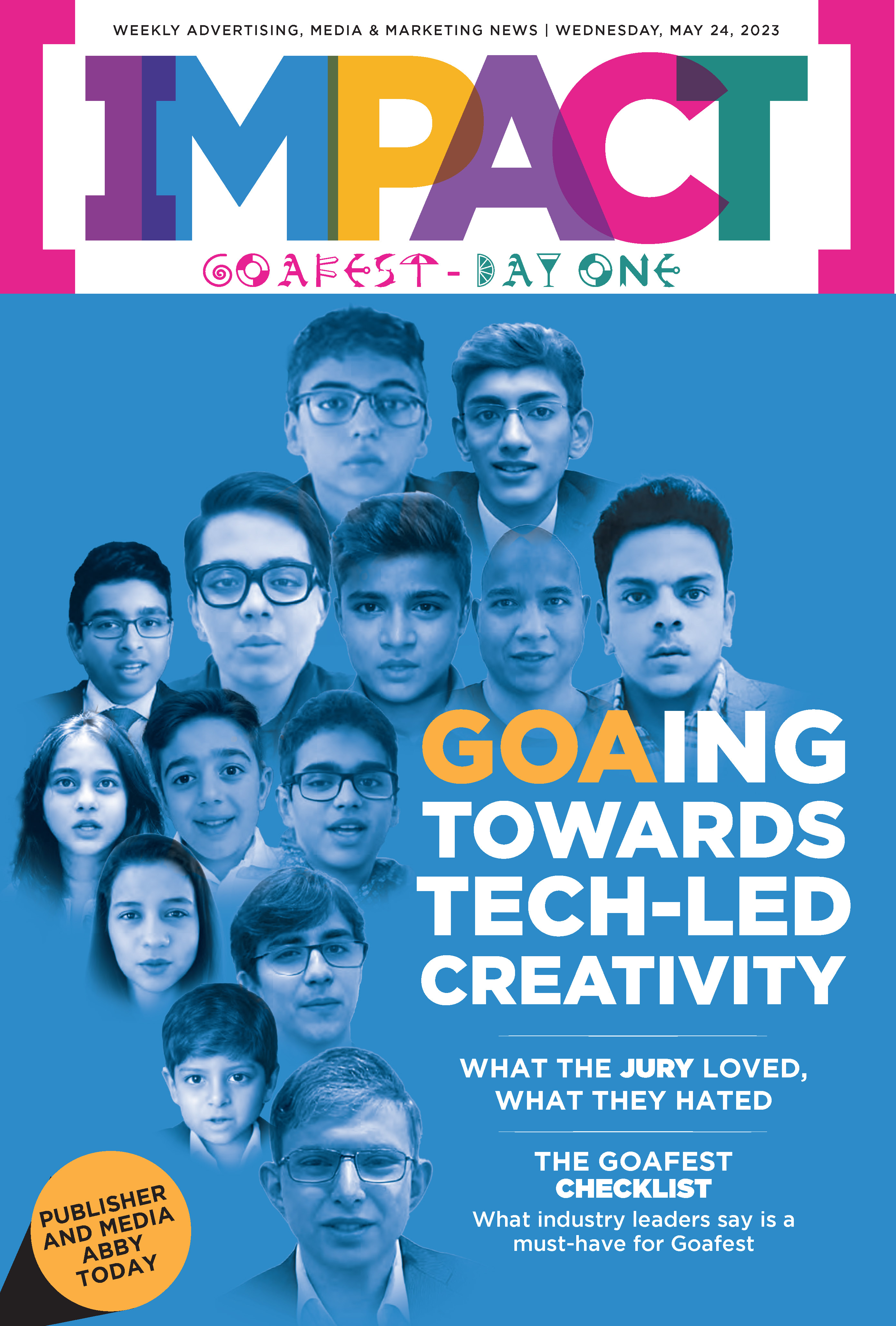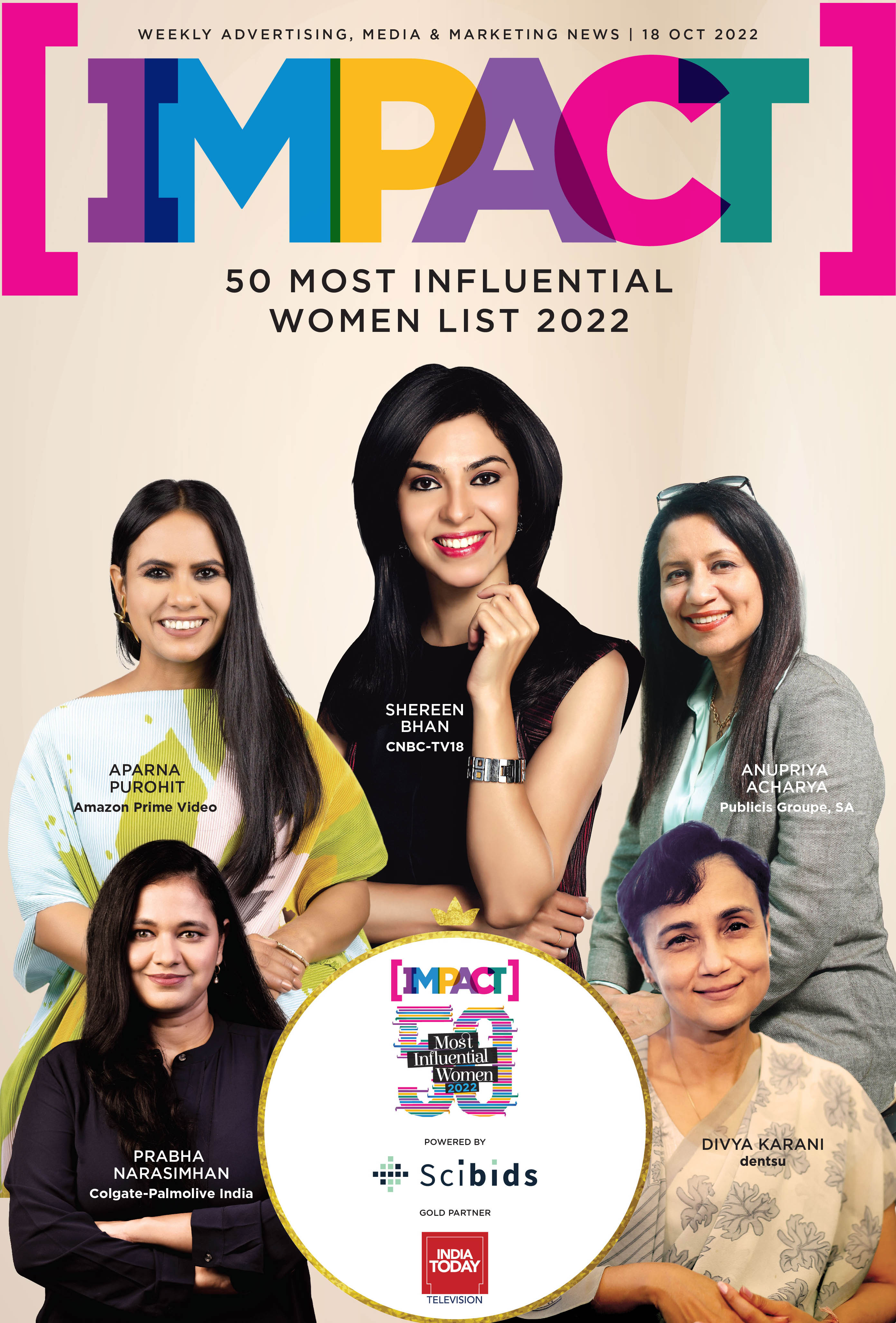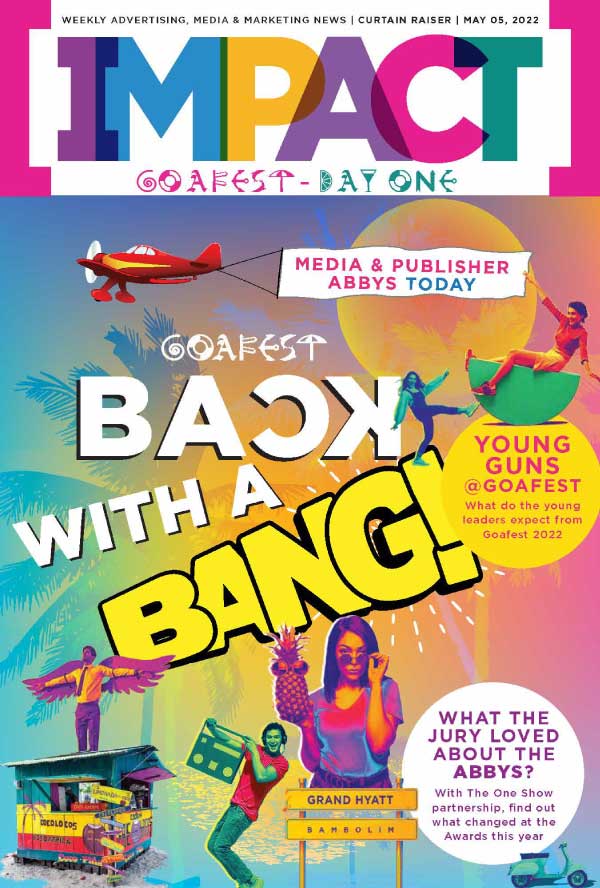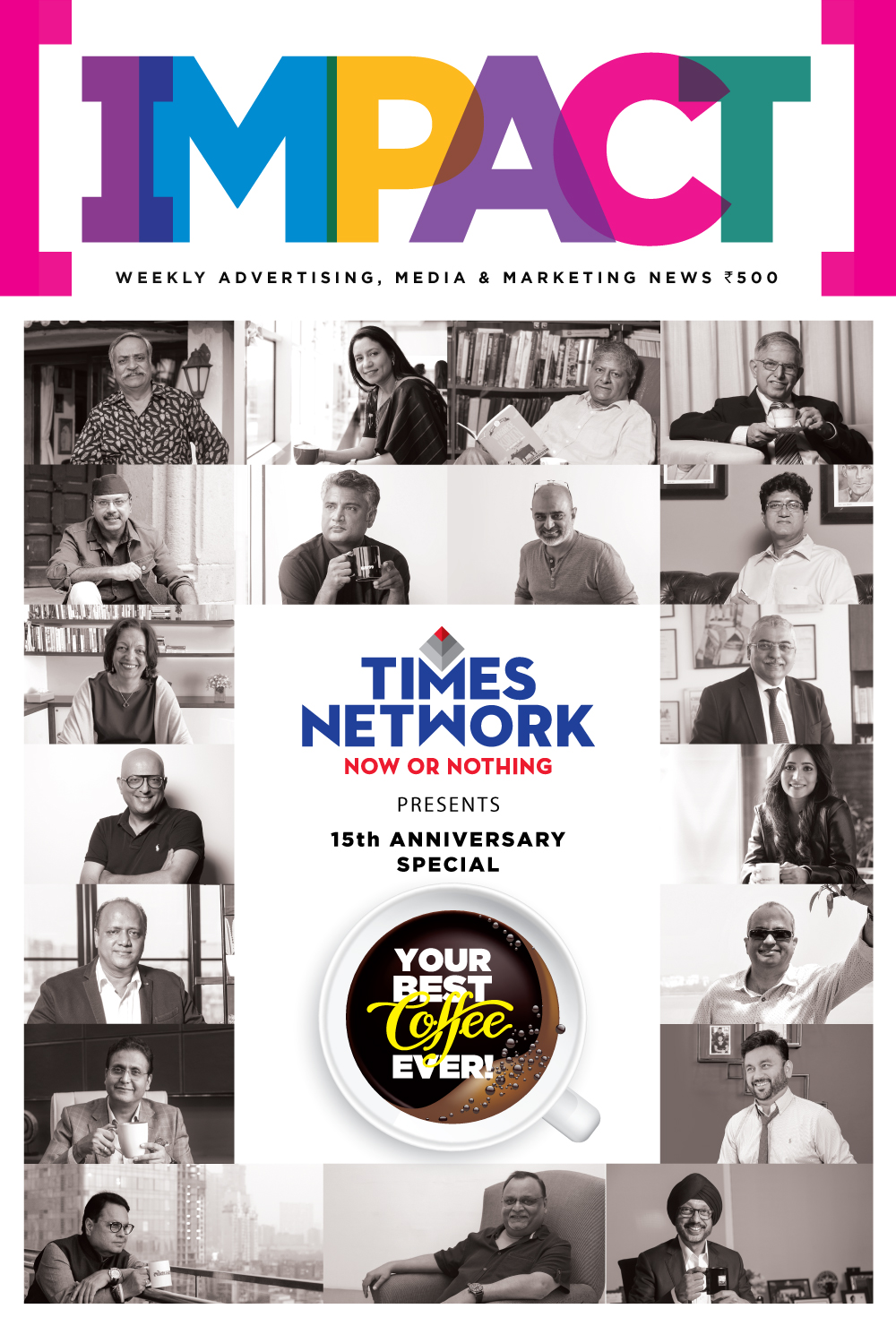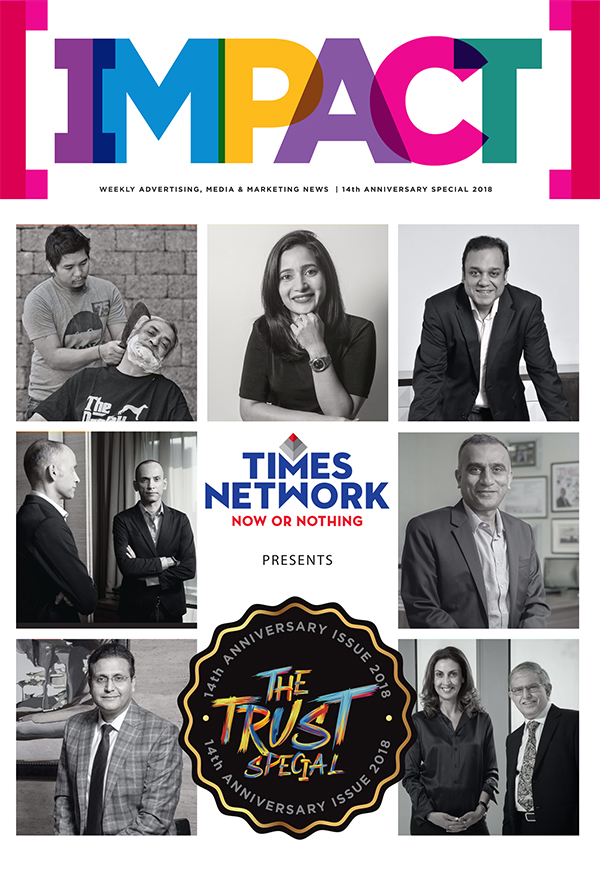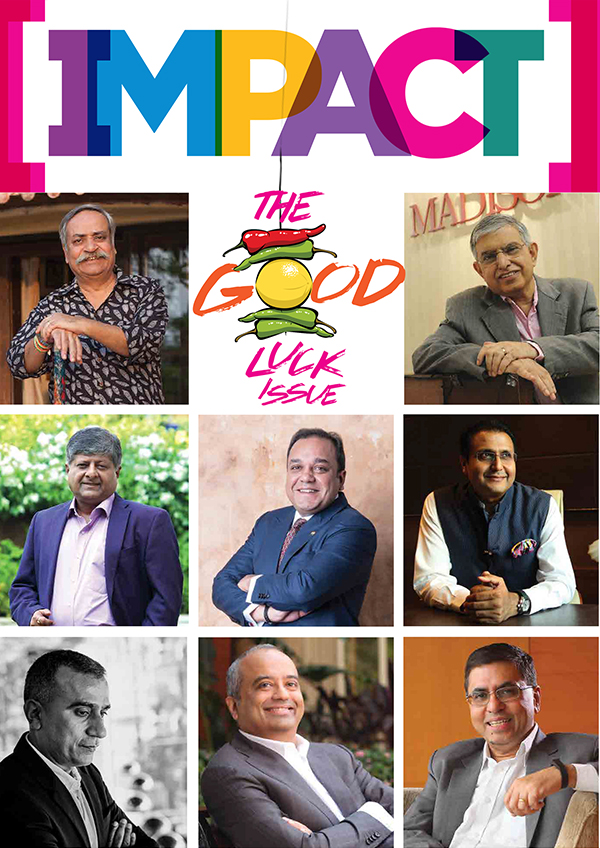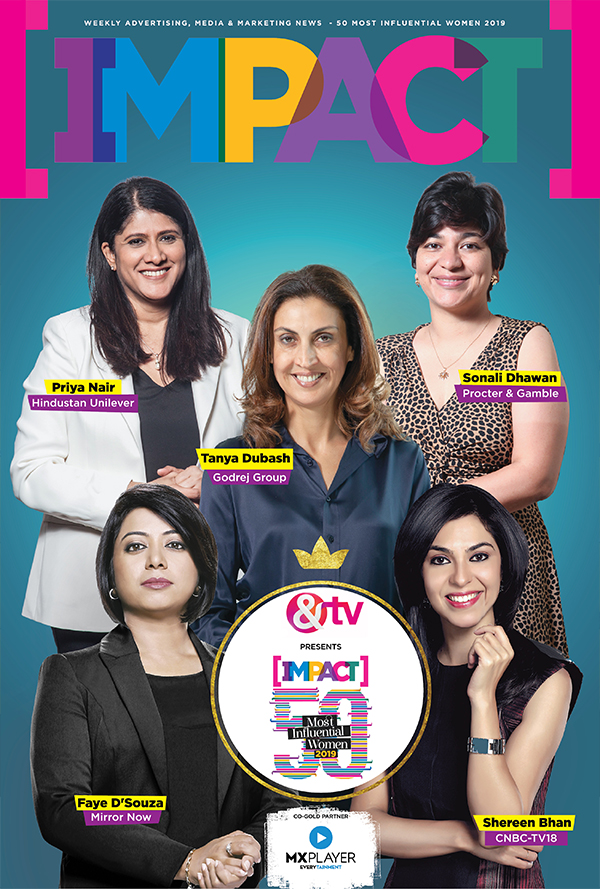In a move that has sparked debate across the digital and entertainment industries, the Indian government recently banned 25 OTT platforms and websites such as ALTT, ULLU, Desiflix, and more for hosting content deemed vulgar and obscene. While the moral panic around explicit storytelling is not new, what’s unfolding now goes beyond censorship. It points to the deeper mechanics of how such content gains visibility and virality in the first place. As authorities clamp down on creators, it's equally worth asking: who helped fuel their rise?
The spotlight now shifts to the mechanics of digital amplification, specifically, the role of performance marketing in pushing provocative content into public view. OTT platforms, once considered brand-building mediums akin to television, seem to have gradually slipped into the performance marketing funnel, where success is measured in views, clicks, and conversions. In such an environment, did ad agencies and tech platforms prioritise quantity over quality, favouring explicit material that guaranteed engagement?
Sajal Gupta, Chief Executive, Kiaos Marketing, shares that programmatic advertising is inherently opaque. As an advertiser, one doesn't get a clear view of where their ads are being placed. The decisions are driven by machine learning algorithms that match ads with the most relevant audience likely to engage with the communication.
“From a performance marketing perspective, OTT platforms usually serve as top-funnel channels. They help build awareness, which can then be followed by mid-to-lower funnel activities focused on conversion. Since many OTT platforms, especially the ones in question, have a large viewer base, they are appealing in terms of reach,” he says.
While major OTT platforms with established reputations are usually part of vetted, premium inventories, a long tail of smaller, lesser-known platforms often slips through the cracks.
Raj Swaminathan, Senior Director- Revenues and New Initiatives, Globale Media, states that at Globale Media, OTT platforms are vetted through a robust combination of technology, compliance checks, and strategic alignment with brand goals.
“We only partner with verified publishers that meet our quality, safety, and transparency standards. Using a mix of whitelisting, AI-powered tools, and third-party verification, we ensure ads are placed in relevant, brand-safe environments that align with campaign KPIs,” he adds.
Sahil Chopra, Founder and CEO, iCubesWire, believes that the vetting often happens indirectly and one has to rely on brand-safety providers and exchange-level filtering. However, he adds that this doesn’t really save a brand from landing right next to problematic content.
“There are direct deals with premium OTT publishers in place, which come with brand safety guarantees, more control, and transparency on the content and where your ad appears but tend to cost more,” he remarks.
Do brands actually place programmatic ads on those OTT platforms?
Industry insiders also suggest that many brands, knowingly or not, may be funding these lesser-known or controversial platforms as part of their performance marketing strategies. Because programmatic media buying prioritises audiences and cost efficiency over platform prestige, ads often land wherever the target viewers are.
“Yes, many brands are present on these platforms indirectly as part of their broader programmatic campaigns,” says Gupta. “The key factor is the audience, if the viewers on these platforms match the target audience of a brand, then ads are likely to be served there.”
While some categories like personal hygiene or regional products might intentionally target certain audience clusters, mainstream advertisers typically tread more cautiously.
Kushal Sanghvi, Education Mentor, NITI Aayog, confirms that a considerable portion of ad spend is going into the "long tail" of OTT platforms, referring to services beyond the top few players in the market. “While I wouldn't want to name any specific brands, I can say that a significant number of advertisers do invest in the long tail of OTT inventory—that is, platforms outside the top 3 or 4 players,” he says.
Sanghvi also points out that the sheer abundance of OTT platforms, coupled with the demand for efficient audience targeting, means that even hyperlocal brands are engaging with regional or niche OTTs.
“For instance, even local brands, say a Bengali brand might run performance campaigns on a regional platform like HoiChoi. This applies to both national and hyperlocal brands looking for efficient reach,” he explains.
Defining ‘Brand Safety’
As programmatic advertising becomes one of the dominant modes of buying digital media, especially on video platforms, the question of brand safety has taken centre stage. With automated systems placing ads in real time based on algorithms and audience profiles, advertisers often have limited visibility into where their campaigns actually appear.
Vinod Kunj, Founder and CCO, Thought Blurb Communications, says that while programmatic buying offers precision in audience targeting, it often sacrifices control over content adjacency. “This is where the platform becomes the message. While programmatic advertising allows you to choose your audience with granular detail, one has to rely on the site or app's algorithms. At this point, the advertiser has very little control over where the ad message is being shown,” he notes.
That said, programmatic isn’t without its safeguards. “Programmatic advertising does afford the advertiser the data and tools to adjust the campaign targeting and reach the optimum demographic,” Kunj adds, pointing to the trade-off between reach and oversight.
For many digital-first agencies, ensuring brand safety involves a mix of advanced tech and strategic filters. Swaminath elaborates on the multi-layered approach. “Brand safety is ensured through a combination of AI-powered content analysis, contextual targeting, and third-party verification tools. Advertisers use keyword exclusions, content filters, and real-time monitoring to avoid unsuitable placements,” he says.
Chopra emphasises transparency as the cornerstone of any brand-safe campaign. He notes that brand safety ensures one’s ad only shows up beside content which is relevant to their brand and won’t damage the brand reputation.
“The placement should always be such that it fits the story or has some social relevance. Simply put, it’s all about being transparent about where your ad is placed and what exclusions have been maintained,” he says.
As OTT platforms continue to fragment and diversify, defining and enforcing brand safety becomes a complex but a necessary task. Experts agree that while technology can help, consistent human oversight and ethical standards are equally vital to protect brand equity in the digital ecosystem.


















